The melodious songs of birds have captivated human attention for centuries, from the complex trills of nightingales to the simple but effective calls of chickadees. Behind these beautiful sounds lies a fascinating biological story that weaves together genetics, brain development, and learning. The question of how birds learn to sing touches on the classic “nature versus nurture” debate that has long interested scientists. Are birds born knowing the songs they will sing, or must they learn them from others? The answer, as with many biological questions, involves both innate abilities and environmental influences, creating a nuanced picture of avian vocal development that varies significantly across species. Understanding this process not only illuminates the wonders of bird communication but also provides valuable insights into how learning occurs in other animals, including humans.
The Spectrum of Song Learning
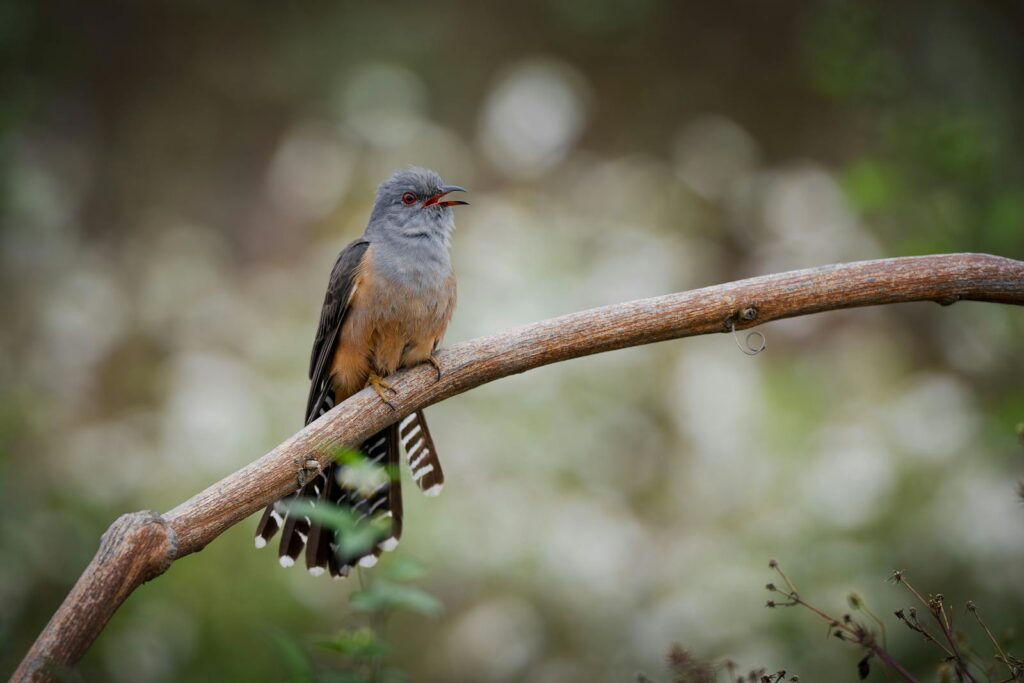
Not all birds learn their songs in the same way, creating what scientists refer to as a spectrum of song learning across species. On one end of this spectrum are birds with completely innate songs, which can sing their species-specific tunes perfectly even when raised in complete isolation from other birds. At the opposite end are birds that rely heavily on learning, requiring exposure to adult “tutor” birds during a critical period of development to develop normal songs. Most species fall somewhere between these extremes, with varying degrees of innate templates that guide learning but require refinement through experience. This diversity of learning strategies provides researchers with an excellent natural laboratory for studying how genes and environment interact to shape complex behaviors.
Innate Singers: Born with the Song
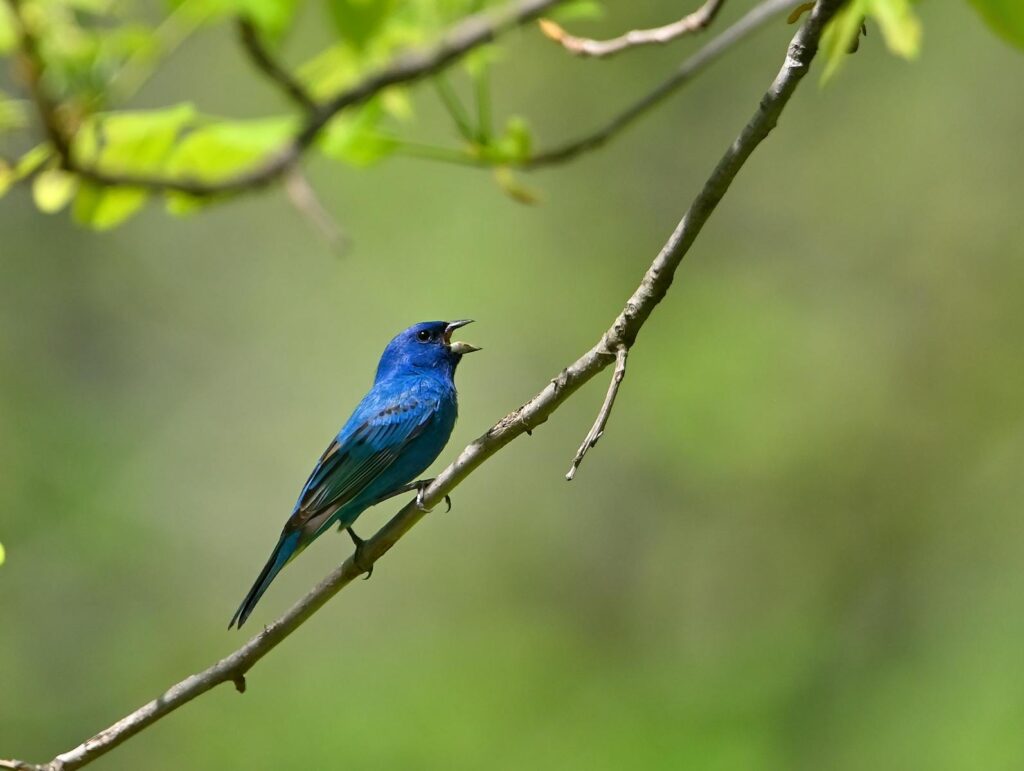
Some birds enter the world with their songs already “pre-programmed” in their nervous systems, requiring little to no environmental input to produce species-typical vocalizations. The flycatchers, doves, pigeons, and many quail species exemplify this innate singing approach, producing songs that are remarkably consistent across individuals even when they’ve never heard another member of their species. When researchers raise these birds in acoustic isolation from birth, they develop nearly identical songs to their wild counterparts, demonstrating the powerful genetic blueprint guiding their vocal development. These innate singers have songs that are generally simpler and less variable than those of learning species, with fewer syllable types and less complex syntax. The evolutionary advantage of innate singing appears to be reliability – these birds don’t need to depend on finding good tutors to develop effective communication.
Song Learning Birds: The Need for Tutors
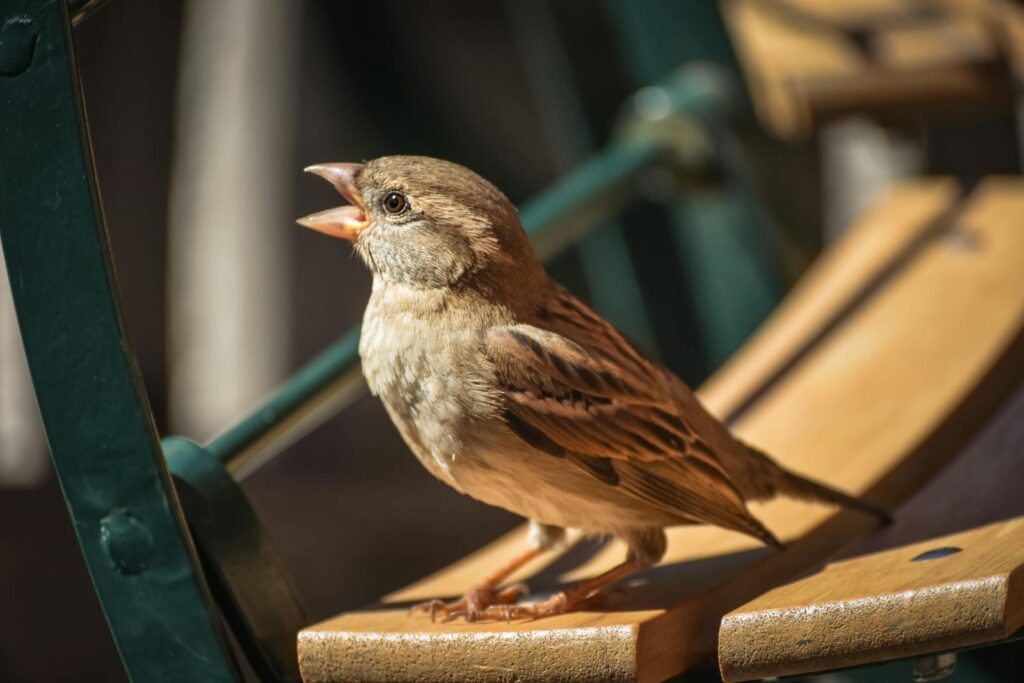
In stark contrast to innate singers, true “song learners” must hear and memorize the songs of conspecifics during development to sing properly as adults. The songbirds (oscine passerines), which include familiar species like sparrows, finches, thrushes, and warblers, represent this learning-dependent approach most strongly. When raised in isolation, these birds develop abnormal “isolate songs” that differ dramatically from wild-type songs, often with simpler structure, unusual syllables, and atypical timing. The classic studies with white-crowned sparrows by Peter Marler in the 1970s demonstrated this phenomenon convincingly, showing that isolated birds produce rudimentary songs lacking the precise dialect features of their wild counterparts. Even more striking, many song learning species can be taught to sing modified or even different species’ songs if exposed to alternative tutors during their sensitive periods, highlighting the remarkable plasticity in their vocal development systems.
Critical Periods for Song Learning
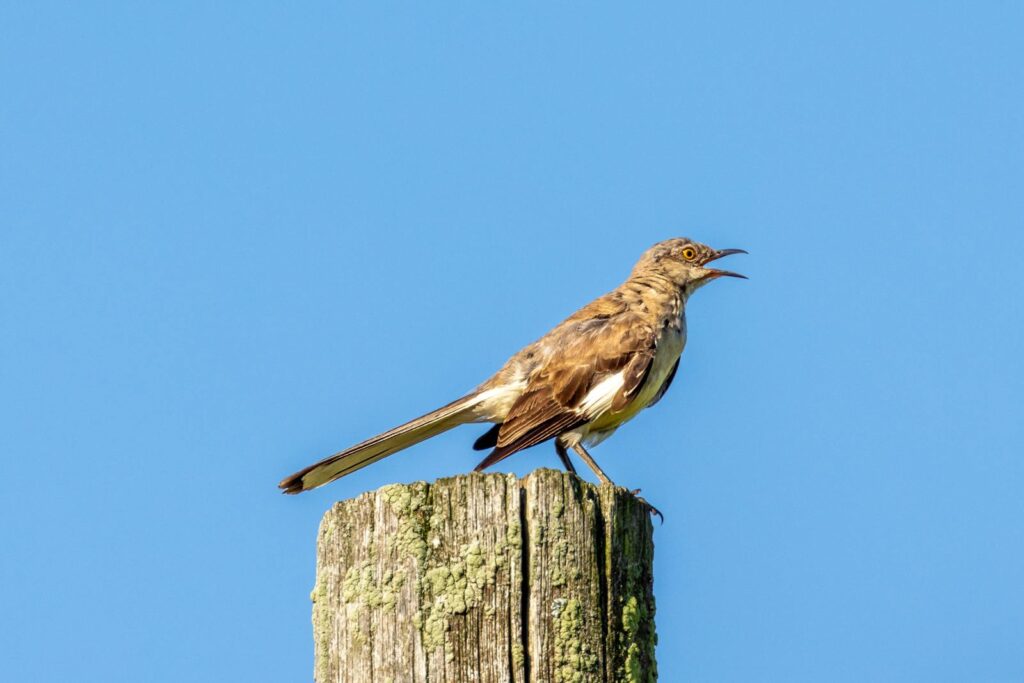
For song learning birds, the timing of exposure to adult songs proves crucial for normal development, defining what scientists call “critical periods” for song acquisition. Most songbirds experience a sensitive phase during their first few months of life when they memorize the songs they hear around them, storing these auditory templates for later use. This memorization phase may last from several weeks to several months, depending on the species, with some birds like the white-crowned sparrow having a relatively narrow window of about 50 days when they must hear adult songs. Interestingly, the actual production and practice of these memorized songs often occurs later, during a “sensorimotor learning phase” that can begin weeks or months after initial memorization. Some species, called “closed-ended learners,” have just one opportunity to learn songs during development, while “open-ended learners” like canaries ,can continue modifying their songs and learning new syllables throughout adult life, giving them greater vocal flexibility.
The Remarkable Brain Circuits Behind Bird Song
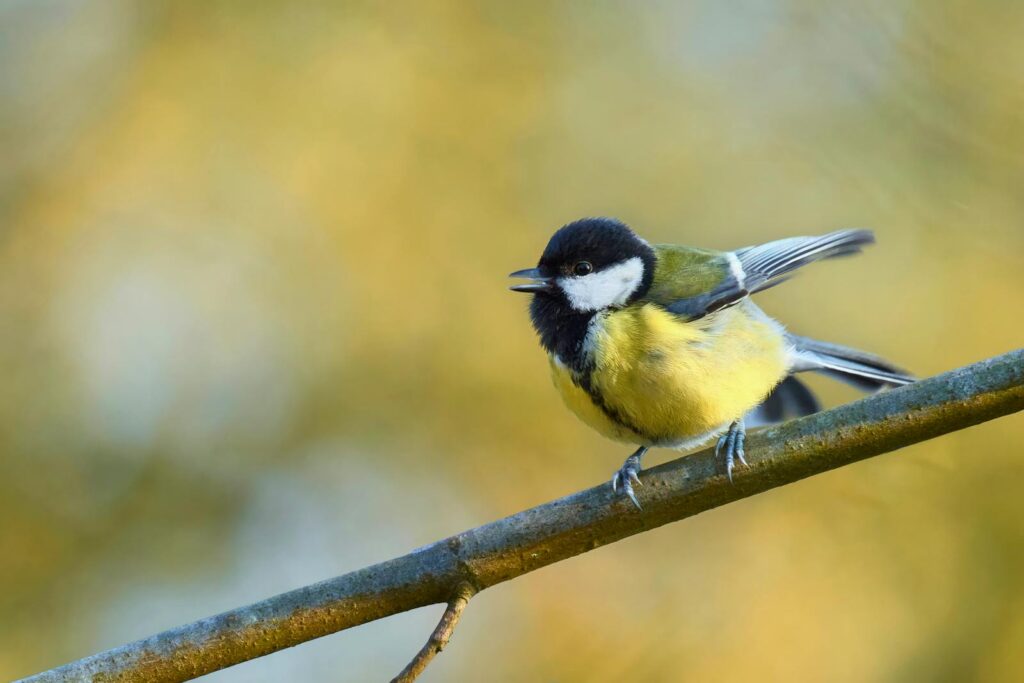
The ability of birds to learn and produce complex songs relies on specialized brain circuits that show remarkable parallels to human speech systems. Songbirds possess interconnected brain regions collectively called the “song system,” which includes areas designated by scientists as HVC, RA, Area X, and LMAN, among others. These neural circuits form two main pathways: a “motor pathway” that controls the actual production of learned songs, and a “learning pathway” essential for song acquisition and modification during development. What makes these circuits especially fascinating is that they show dramatic physical growth during song learning periods, with neurons being born, forming new connections, and sometimes dying off as songs are memorized and practiced. In seasonal songbirds, these brain regions shrink during non-breeding seasons and regrow annually when singing behavior increases, demonstrating an extraordinary plasticity rarely seen in adult vertebrate brains.
The Role of Genetics in Song Development
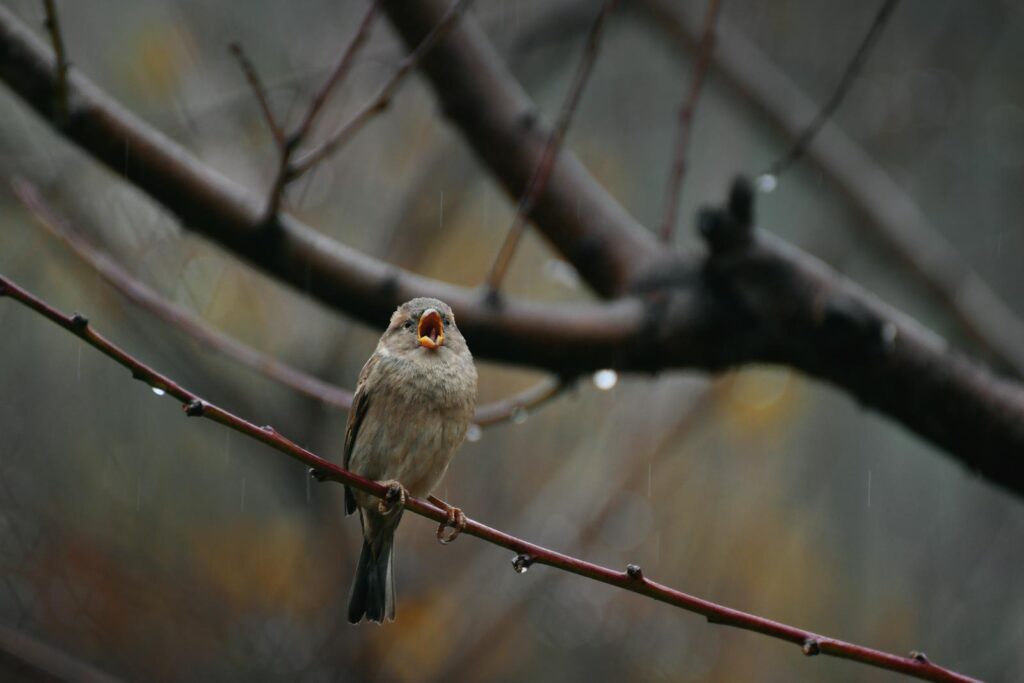
Even in birds that learn their songs, genetics establishes important constraints and predispositions that guide the learning process. Researchers have identified several genes specifically involved in song learning and production, including the FOXP2 gene, which plays crucial roles in both human speech and bird song development. When scientists experimentally manipulate FOXP2 expression in young zebra finches, the birds develop abnormal song patterns, suggesting this gene helps regulate the fine motor learning needed for proper vocal development. Other genes appear to influence which sounds young birds pay attention to, creating an innate bias to preferentially memorize the songs of their own species, even when exposed to various sounds. This selective learning helps explain why birds raised in aviaries with multiple species typically learn only their own species’ songs despite hearing many alternatives, demonstrating how nature guides nurture through genetic predispositions that channel the learning process.
Dialects and Cultural Evolution in Bird Song
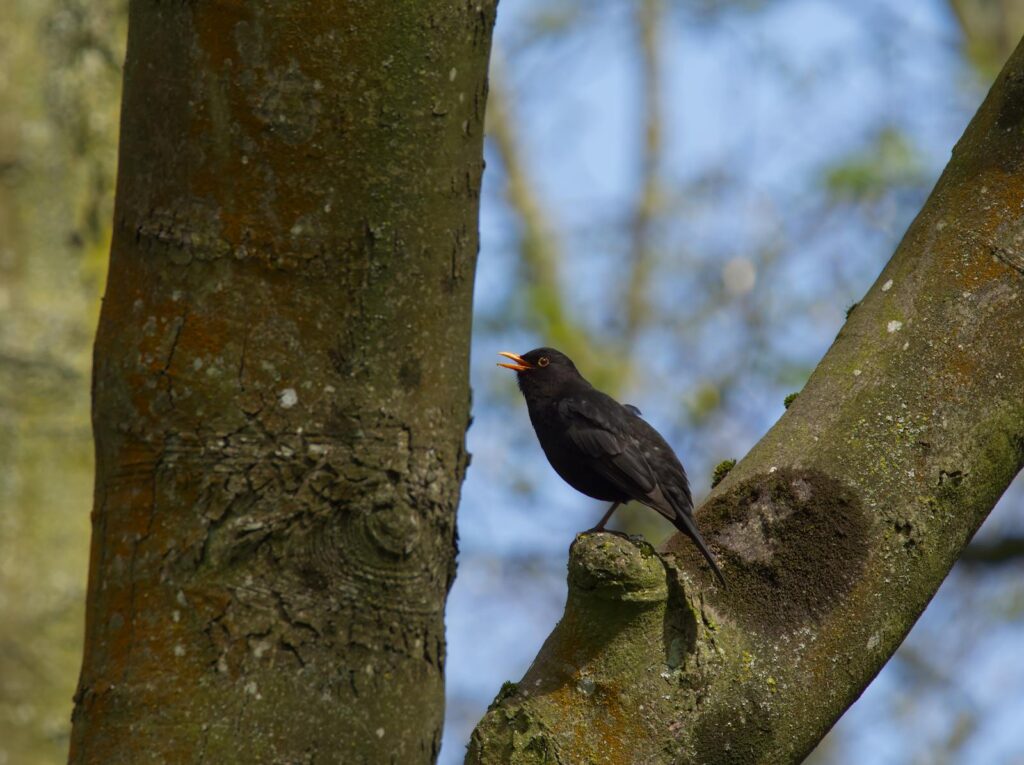
One of the most fascinating consequences of song learning is the development of regional dialects among birds of the same species, creating distinctive “accents” that mark specific populations. White-crowned sparrows along the California coast, for instance, sing recognizably different songs every few hundred kilometers, with these dialects remaining stable across generations through cultural transmission. Young birds learn the songs of their local population, perpetuating these regional variants in a process remarkably similar to human linguistic evolution. Researchers studying song dialects have documented cases of gradual change over time, with certain syllables becoming modified, added, or dropped as they pass through generations of learners, constituting a form of cultural evolution. In some species, these dialects serve as markers of local adaptation, with females preferring males who sing the local dialect, potentially because it indicates the male possesses genes well-suited to that particular environment.
The Process of Learning: Memorization and Practice
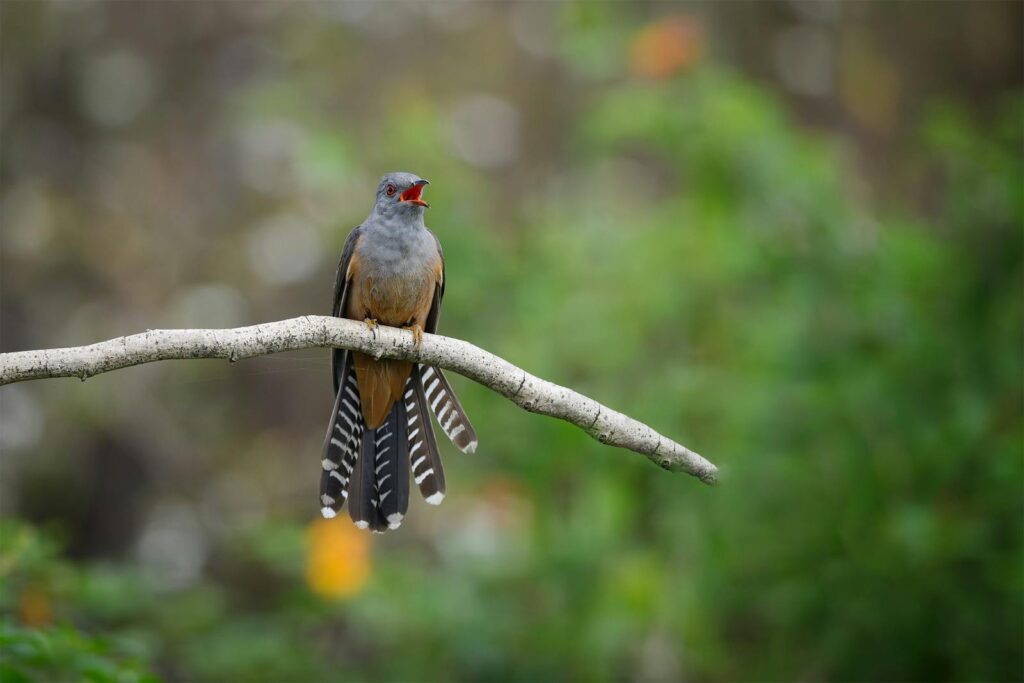
Song learning in birds involves distinct phases that parallel how humans learn complex skills like language or musical instruments. During the initial “sensory learning phase,” young birds listen to and memorize adult songs, forming auditory templates in specialized brain regions without attempting to produce these sounds themselves. When the bird enters the “sensorimotor learning phase” weeks or months later, it begins producing rudimentary sounds called “subsong” – the avian equivalent of human babbling – as it starts trying to match its vocalizations to the memorized templates. Through a process of trial and error involving thousands of practice attempts, the bird gradually refines its song, progressing through stages scientists call “plastic song” before eventually crystallizing into adult song. What makes this process remarkable is that birds accomplish this without external feedback – they must compare their own vocal output to an internal memory of what the song should sound like, making continuous adjustments until the match is satisfactory.
Vocal Mimics: The Extreme Learners
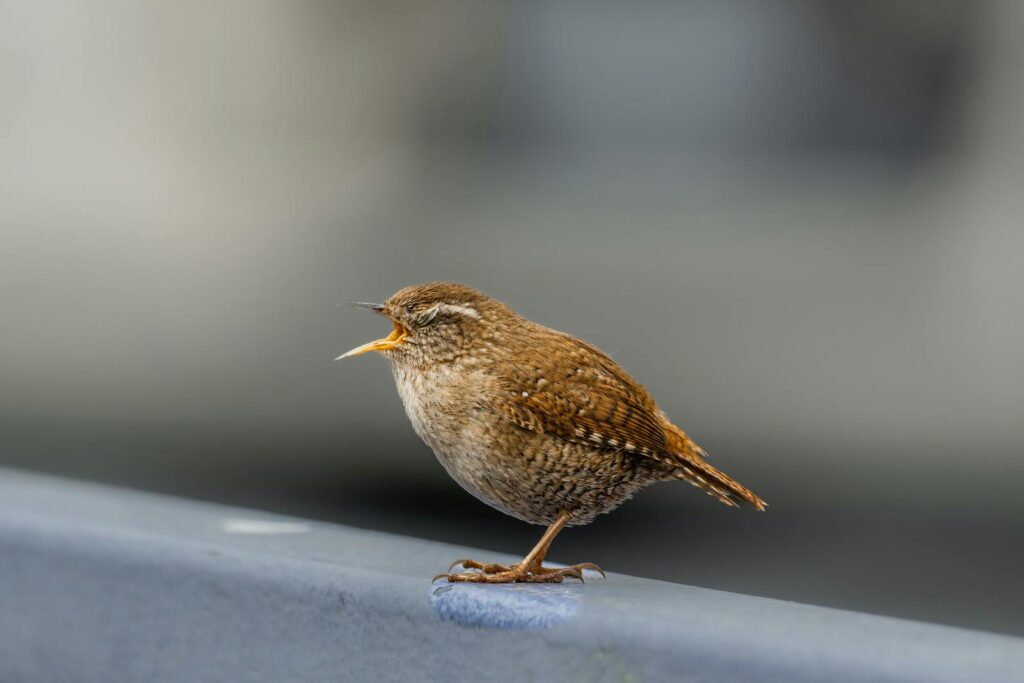
Some bird species take vocal learning to extraordinary levels, developing the ability to mimic sounds beyond their species’ typical repertoire, including other birds, mammals, and even mechanical noises. Mockingbirds, lyrebirds, mynas, and parrots represent the champions of this mimicry, with some individuals able to reproduce dozens or even hundreds of different sounds with astonishing accuracy. The Australian lyrebird holds perhaps the most impressive record, with individuals documented perfectly reproducing everything from other bird calls to camera shutters, car alarms, and even chainsaw noises. This extreme learning capacity stems from specialized adaptations in their vocal learning circuits that allow for greater plasticity and more precise auditory-motor mapping. Interestingly, these vocal mimics often incorporate their imitations into complex displays, suggesting the learning serves social and sexual selection purposes rather than being merely accidental copying.
The Function of Song Learning
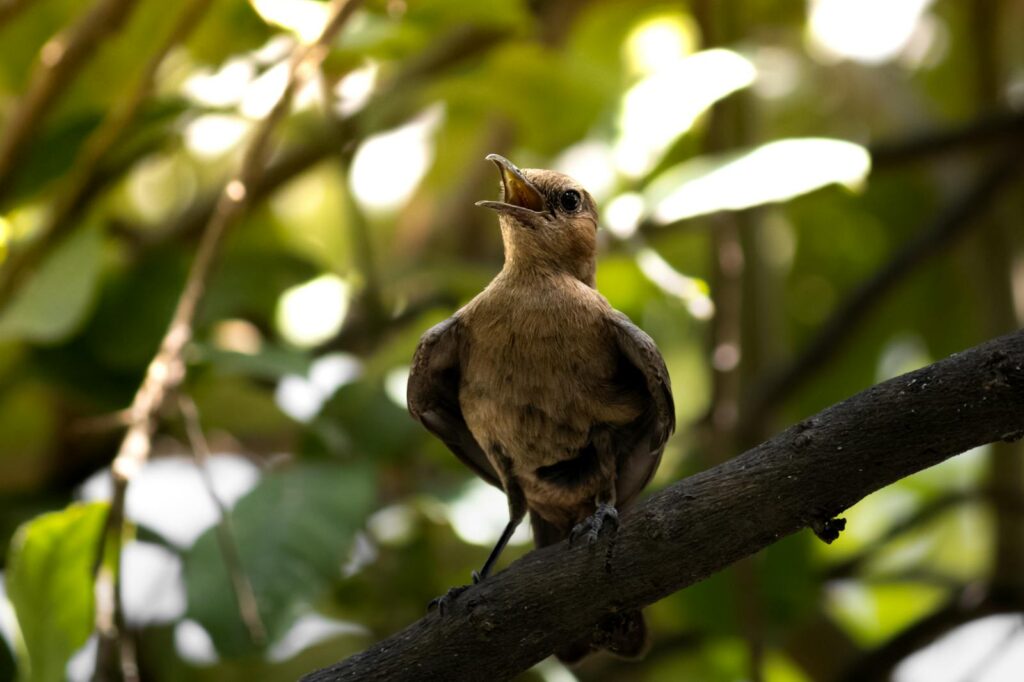
Why have many birds evolved the complex neural machinery needed for song learning rather than relying on innate vocalizations? The answer likely involves the adaptive advantages that learned songs provide in changing environments. Learned songs allow for greater complexity and flexibility, enabling birds to adapt their communication systems to local conditions and social contexts. In many species, females prefer males who sing more complex songs with larger repertoires, suggesting that song learning serves as an honest indicator of cognitive quality and developmental history. The ability to learn local dialects may help young birds integrate into specific populations and adapt to regional acoustic environments with different background noises or transmission properties. Additionally, some species use their learning ability to maintain pair bonds by sharing and developing matched duets with their mates, creating synchronized performances that strengthen social relationships and territory defense.
Parallels with Human Language Acquisition
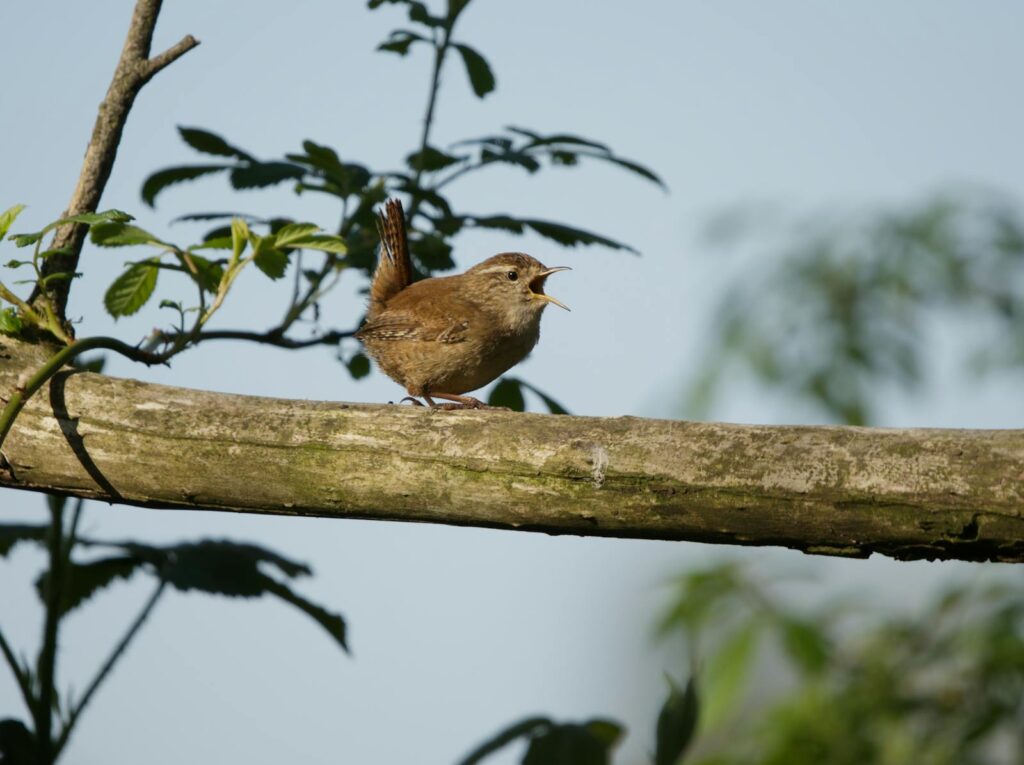
The similarities between how birds learn songs and how humans acquire language have made birdsong a valuable model system for understanding speech development. Both processes involve a sensitive period early in life when exposure to adult vocalizations is crucial, followed by a babbling or subsong phase of vocal practice. Both rely on specialized brain circuits dedicated to vocal learning that are not found in most other animals, suggesting convergent evolution of these rare capabilities. The FOXP2 gene, mentioned earlier, plays critical roles in both human speech disorders and bird song abnormalities, providing a molecular link between these seemingly distant systems. Researchers studying stuttering, autism spectrum disorders, and other conditions affecting vocal learning in humans increasingly look to bird models to understand the fundamental neural mechanisms involved, making birdsong research relevant far beyond ornithology.
Environmental Factors Affecting Song Development
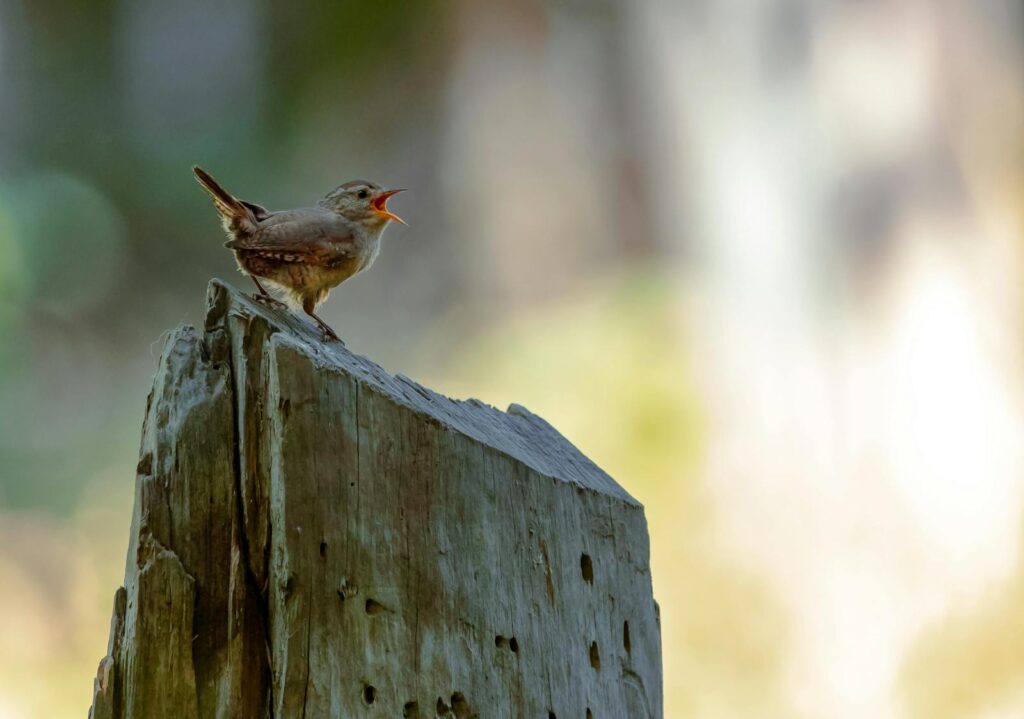
Beyond the basic question of whether songs are learned or innate, environmental factors significantly influence song development in complex ways. Nutritional stress during development can permanently affect song quality, with birds raised under poor feeding conditions often producing simpler, less attractive songs as adults, even when they’ve heard proper tutors. Social context also matters enormously, with young birds learning more effectively from live tutors they can interact with than from recordings, suggesting that attention and social reinforcement enhance learning. The acoustic environment itself shapes song structure, with birds in dense forests evolving songs with lower frequencies that transmit better through vegetation, while birds in noisy urban environments often shift to higher frequencies to avoid competing with low-frequency traffic noise. Recent research even suggests that exposure to environmental pollutants like lead or certain pesticides can impair song learning abilities, providing a potential early warning system for environmental toxins that might similarly affect human cognitive development.
The Future of Bird Song Research
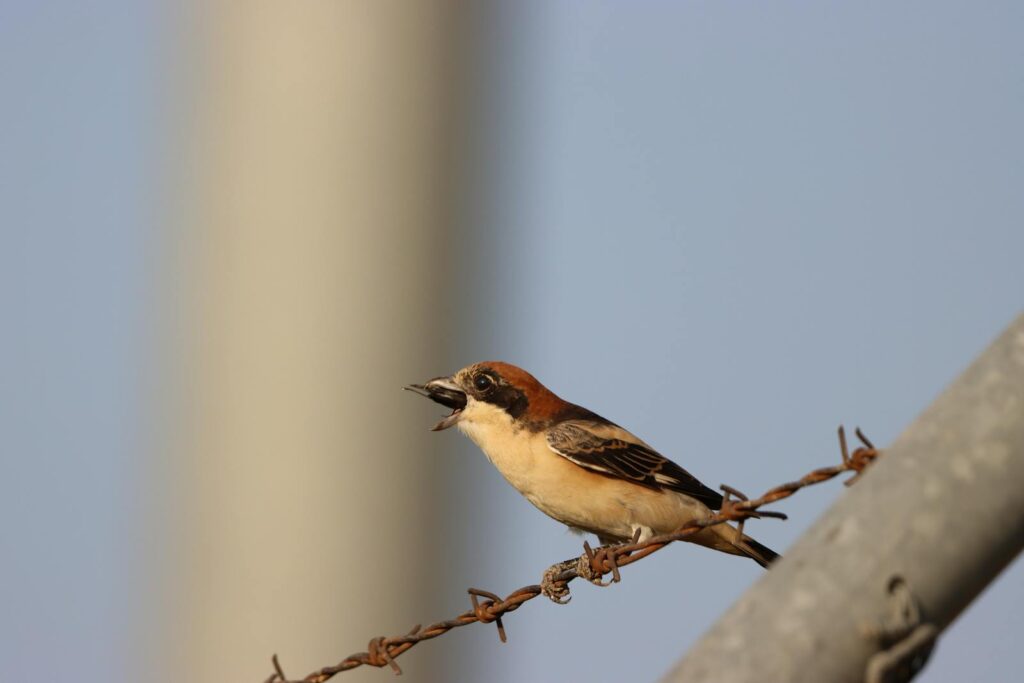
Modern technology is revolutionizing our understanding of how birds learn to sing, opening exciting new research directions. Miniaturized recording devices now allow scientists to track the entire vocal development process in wild birds, documenting how young birds progress from their first subsongs to adult crystallized performances in natural settings. Advanced brain imaging techniques permit researchers to watch neural circuits activate in real-time as birds listen to and produce songs, revealing the precise mechanisms of auditory feedback and vocal learning. Genetic tools like CRISPR-Cas9 enable specific manipulations of genes involved in song learning, allowing for unprecedented precision in studying the molecular basis of this behavior. As artificial intelligence and machine learning improve our ability to analyze the acoustic features of thousands of songs across populations and species, we’re gaining new insights into the evolution and cultural transmission of these remarkable vocalizations, with implications extending well beyond ornithology to inform our understanding of human language, cultural evolution, and the interplay between genes and environment in shaping complex behaviors.
The study of how birds learn to sing beautifully illustrates the complex interplay between nature and nurture that shapes animal behavior. While some species rely almost entirely on genetic programming to produce their songs, others depend heavily on environmental exposure and practice. Most fascinating are the many species that blend these approaches, with genetic predispositions that guide learning in specific directions. This research reminds us that the old dichotomy of “nature versus nurture” rarely applies in biology – instead, genes and environment interact in intricate ways to produce the remarkable diversity of bird songs we hear around us. As we continue to unravel the mysteries of how these songs develop, we gain valuable insights not just into avian communication, but into the fundamental principles of learning that apply across the animal kingdom – including ourselves.
